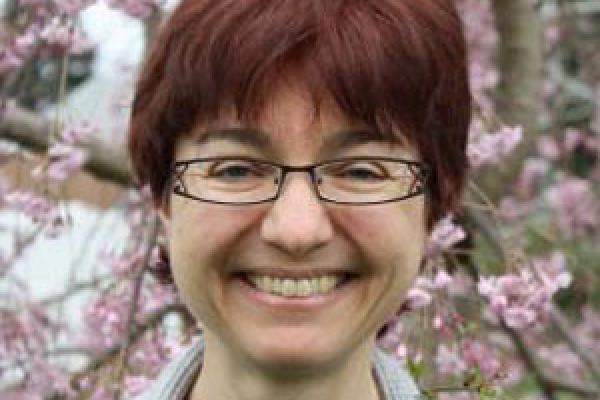
Abstract:
During the era of the Canton Trade (1756-1842), Europeans were prohibited from acquiring books in China, yet they did so anyway. This paper will focus on one particular Chinese institution that played an important but hitherto largely neglected role in the dissemination of Chinese titles to Europeans, that is, the Haichuang Temple (Sea Screen Temple, 海幢寺), one of the major Buddhist establishments in South China located on the outskirts of old Guangzhou across from the European quarters on the waterfront. On the one hand, the talk will examine what reasons the Haichuang Temple clergy may have had for defying the imperial ban. On the other hand, the discussion will explore how the previously ignored Haichuang-based translations by two European visitors, Peter Perring Thoms (1790-1855) and Karl Friedrich Neumann (1793-1870), alter our view of the early history of Buddhist Studies in Europe. The paper argues that the Chinese and English-speaking communities on the South China coast brokered the creation of cultural knowledge that selectively contested the respective metropolitan discourses of Qing China and the European states. As such, the cultural production of the Canton Trade era cannot simply be read as an encounter of “China” and “Europe,” but also needs to be refracted through the lens of region and oppositional politics both within China and Europe.
Bio:
Patricia Sieber is interested in the canon formation surrounding Chinese vernacular genres from the Yuan period onward. She is the author of Theaters of Desire: Authors, Readers, and the Reproduction of Early Chinese Song-Drama, 1300-2000, a cross-cultural history of the construction and reception of "Yuan zaju." She currently is working on two book length studies, The Power of Imprints: Qing-Period Publishing and the Formation of European Sinology, 1720-1860 and The Lure of Songs: Genre, Locality, and Ethnicity in Yuan China. Other publications include an edited collection of short stories entitled Red Is Not the Only Color and articles on canon formation, visuality, performativity, and religion in Modern Chinese Literature and Culture, CHINOPERL, Monumenta Serica, Journal of Chinese Religions, and Contemporary Buddhism among others. She teaches courses on different facets of traditional Chinese literature, including courses on traditional Chinese novels & drama, the intersection of traditional & modern Chinese literature, and comparative literary relations. She has been a fellow at the Center for Chinese Studies, National Central Library (Taipei), at the Institute for Collaborative Research and Public Humanities (OSU), and at the Library of Congress (Washington, D.C.). Her research has been awarded funding from the NEH, ACLS, DAAD and the Chiang Ching-Kuo Foundation among others. She has presented her research in the US, Europe, China, Taiwan, and Hong Kong. As a two time recipient of OSU's East Asian Studies Center FY National Resource Center (NRC) and Foreign Language and Area Studies (FLAS) grants from the U.S. Department of Education, she currently serves as the director of OSU's East Asian Studies Center.
Presented by the OSU Institute for Chinese Studies.
Co-sponsors: Literacy Studies at OSU and the Center for the Study of Religion
